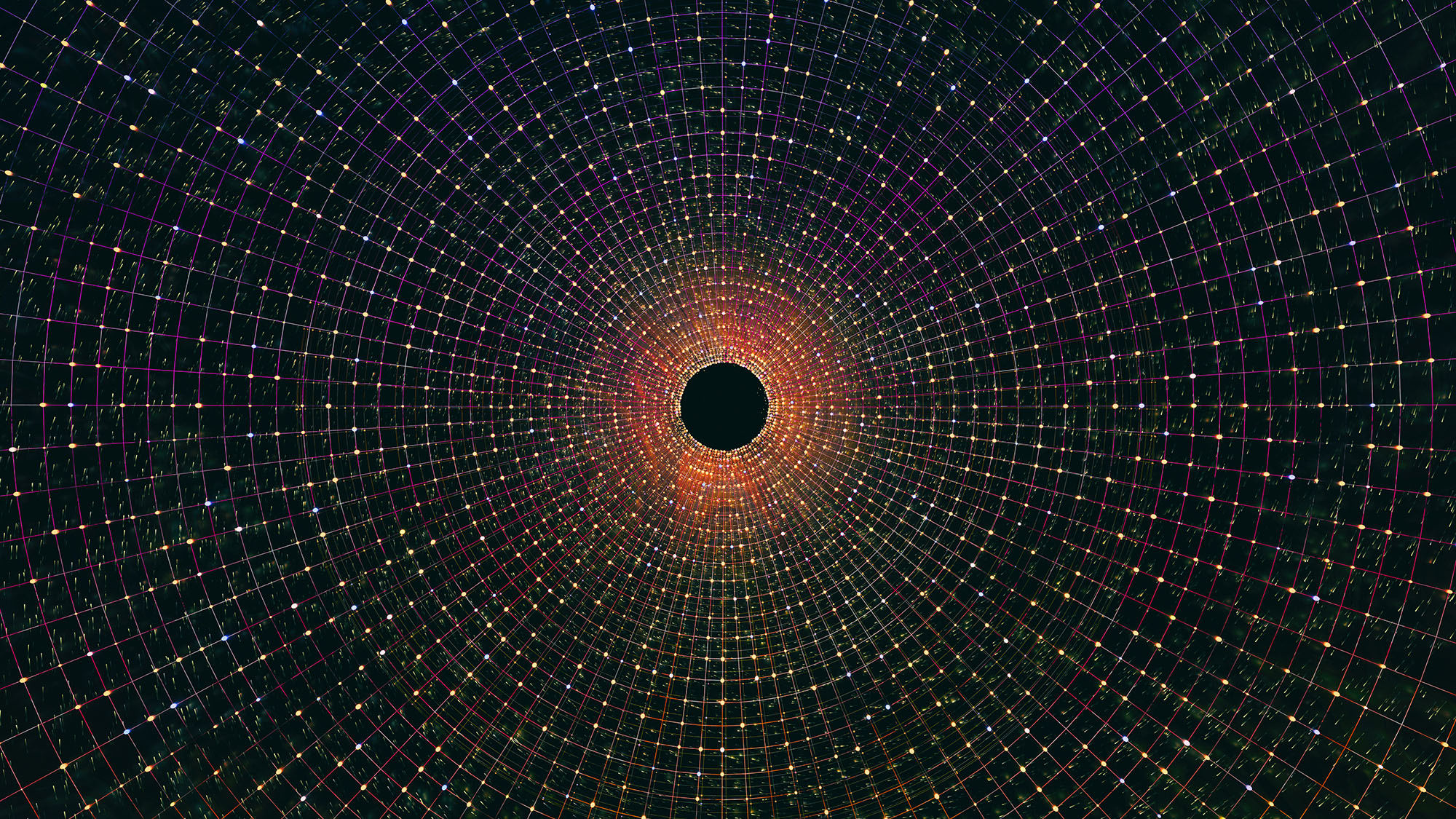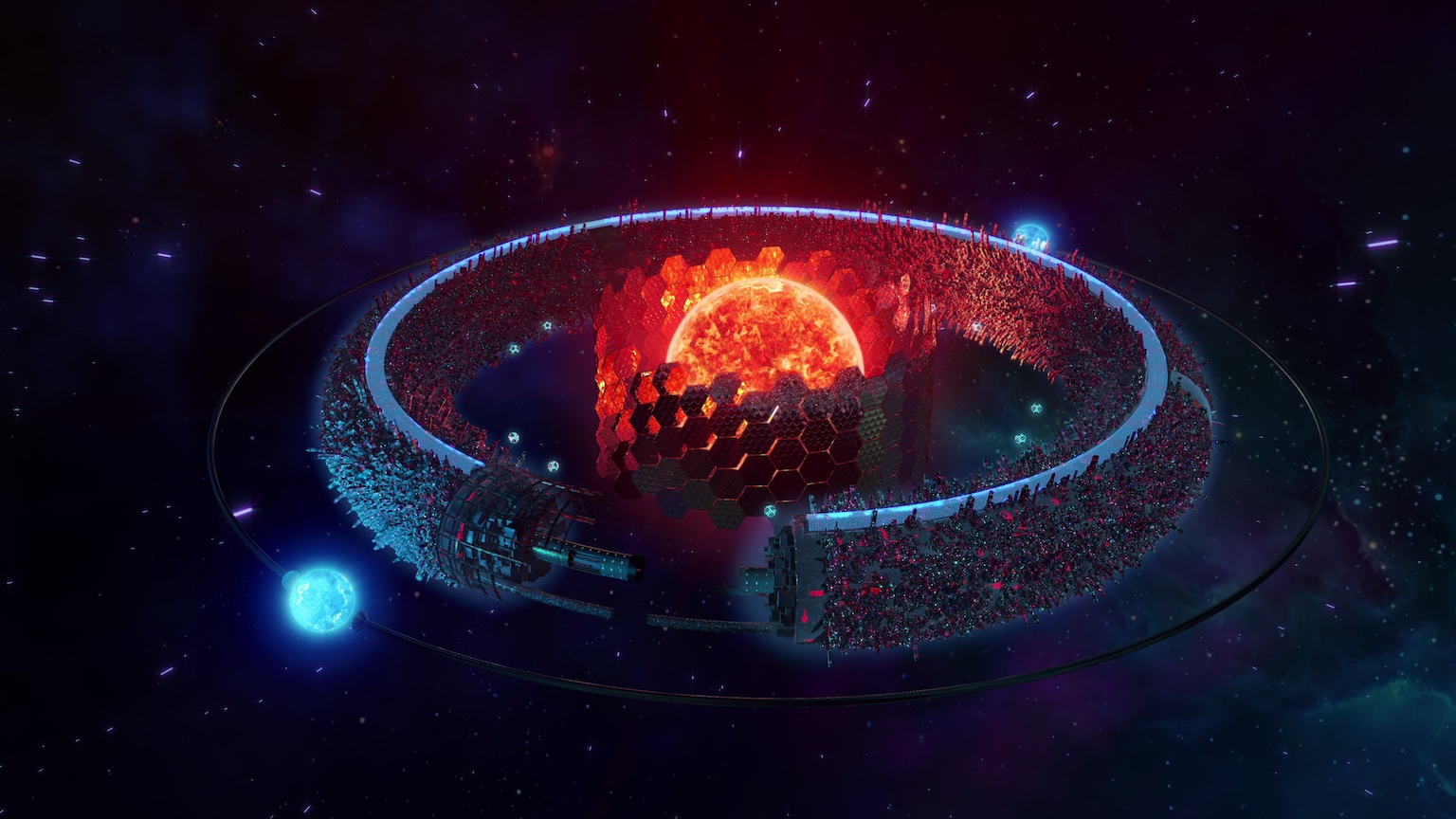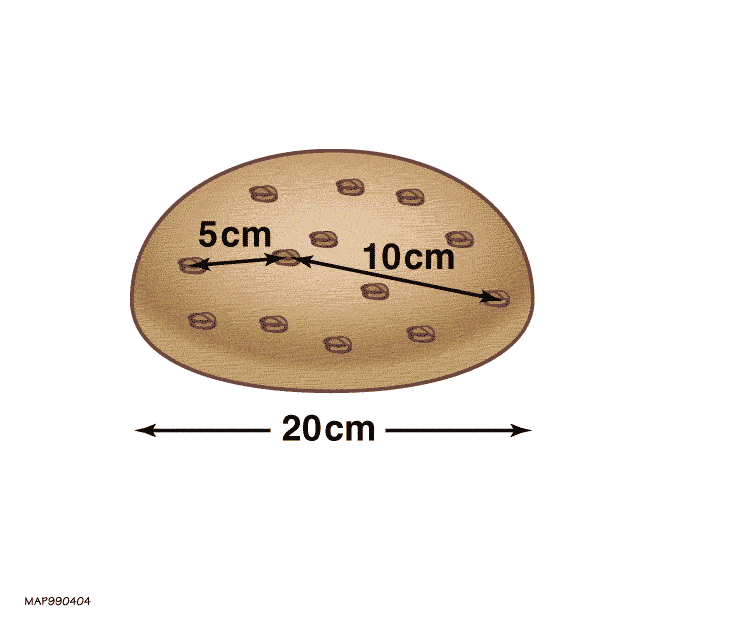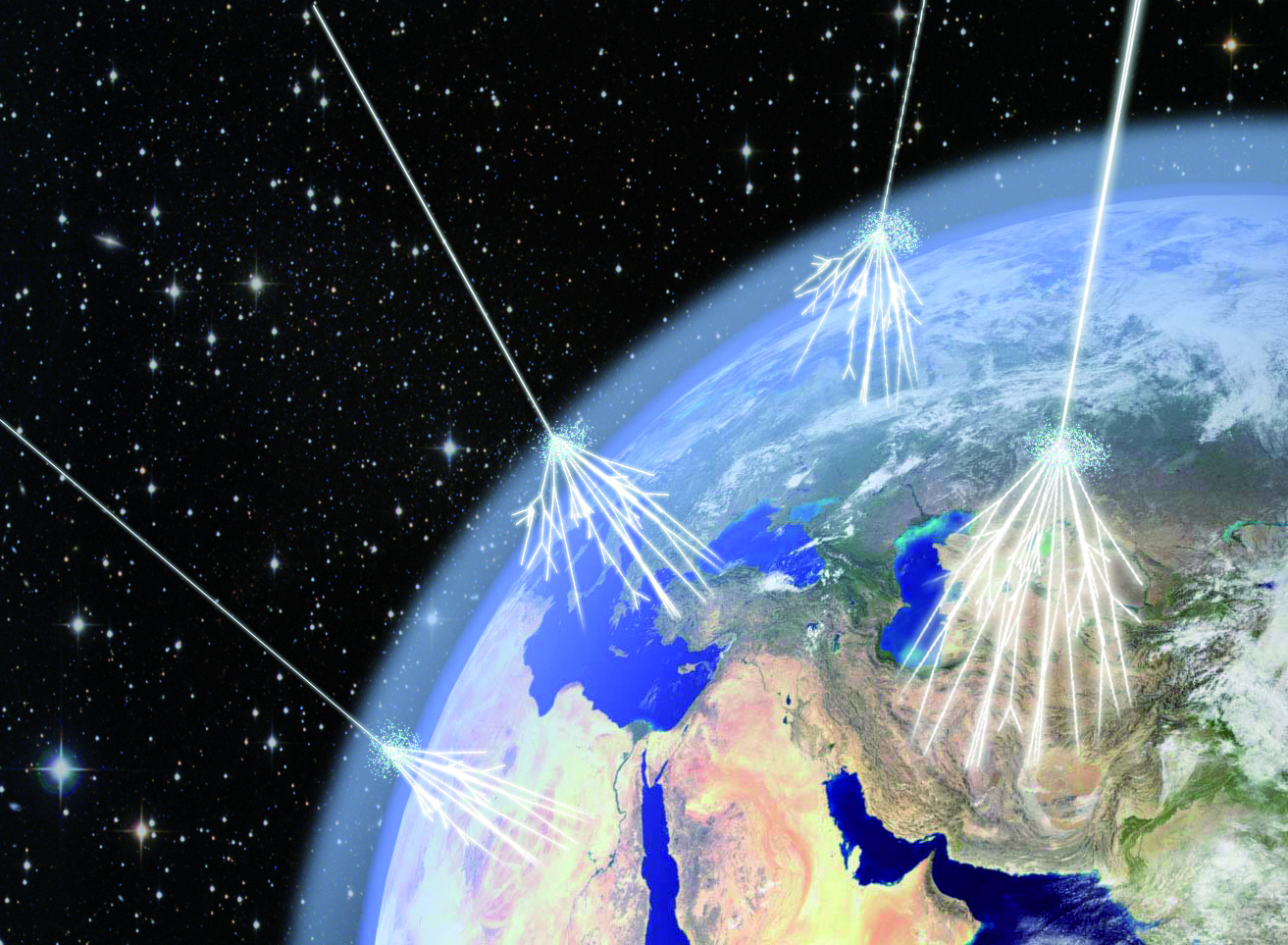Do singularities exist in nature?

- Are singularities natural phenomena or mathematical artifacts? The answer starts with a ball of matter. It then rolls through quantum physics and relativity theory.
- We finish our exploration with a feeling of a mission not accomplished. Indeed, physicists have a love-hate relationship with singularities.
- We should always strive to figure things out. But we should also embrace the mindset that it is okay not to find answers to all of our questions.
Aristotle used to say that nature abhors a vacuum. So, he conjectured, there is no such thing. His model accounted for that absence by filling up space with an imponderable substance: the ether.
As students and researchers know, physics abhors singularities. Where we find a singularity, it usually means that the model we are using to describe a physical system or a phenomenon breaks down. “Breaking down” is a filler expression for “something is happening here and we don’t know what it is.” Figuring out how to avoid singularities opens new possibilities in physics.
Indeed, behind every singularity in physics hides a secret door to a new understanding of the world.
Love and hate for singularities
The reader knows that physics is the art of modeling. We describe complex natural systems, such as the sun and the planets orbiting around it — that’s an easy one — in terms of mathematical equations. The equations describe how functions of a variable or a set of variables change in time. In the case of planetary orbits, the equations describe how planets move in space along their orbits.
Singularity as a term is used in many contexts, including within mathematics. The word also appears in speculation about artificial intelligence, such as to describe the day when supposedly machines will become more intelligent than humans. This kind of singularity is something completely different, and it deserves its own essay. For today, let’s stick to physics and math.
Physicists have a love-hate relationship with singularities. On one hand, singularities signal the breakdown of a theory, or of the mathematical model describing the theory. But on the other hand, they can also be a gateway to new discoveries.
Perhaps the most famous singularities in physics have to do with gravity. In Newtonian physics, the gravitational acceleration caused by a body of mass M and radius R is g = GM/R2, where G is the gravitational constant (a measurable number that sets the strength of the gravitational force). Now consider the situation where the radius R of the body shrinks while its mass remains constant. (So, give it a good squeeze.) As R becomes smaller, the gravitational acceleration g becomes larger. In the limit (we love to say “in the limit” in physics and mathematics), when R goes to zero, the acceleration g goes to infinity. That is a singularity.
When is a ball not a ball?
Okay, that’s what mathematics says. But can this ever happen? This is where things get more interesting.
The quick answer is an emphatic no. First, mass occupies volume in space. If you keep on squeezing the mass to a smaller volume, where does the mass go? Well, you need new physics to think about that!
Classical Newtonian physics cannot handle physics at very small distances. You need to add quantum physics into your model. So, as you squeeze the mass to smaller volumes, quantum effects will help describe what is happening.
First, you need to know that matter itself is not a solid thing. It is made of molecules. Molecules, in turn, are made of atoms. By the time your ball becomes smaller than about one-billionth of a meter, it is no longer a ball at all. It is a collection of atomic clouds superimposed onto one another according to the laws of quantum mechanics. The very notion of an object being a ball ceases to have any meaning.
What if you could keep on squeezing this atomic cloud to smaller and smaller volumes? Well, you need to include the effects from Einstein’s theory of relativity that says that a mass curves the space around it. Not only is the notion of a ball long gone — now the very space around it is warped. Indeed, when the supposed radius of the supposed ball reaches a critical value, R = GM/c2, where c is the speed of light, what we had supposed to be a ball becomes a black hole!
Now we are in trouble. The black hole we formed creates an event horizon around it with the radius we just calculated. This is called the Schwarzschild radius. Whatever happens inside this radius is hidden from us on the outside. If you choose to go in there, you will never emerge to tell the story. As the pre-Socratic philosopher Heraclitus once quipped, “nature loves to hide.” A black hole is the ultimate hideout.
Does this place exist or not? Yes
In our exploration, we started with an ordinary ball of ordinary material. We soon needed to expand our physics to include quantum physics and Einstein’s general relativity. The singularity that exists by simply taking the limit of a variable to zero (the radius of the ball in our case) was the gateway to new physics.
But we finish this journey with the very unsatisfying feeling of a mission not accomplished. We do not know what goes on inside the black hole. If we push our equations — at least Einstein’s equation — we get a singularity at the very center of the black hole. Here, gravity itself goes to infinity. Physicists call this a singularity point. It is a place in the universe that exists and does not exist at the same time. But then, we remember quantum physics. And quantum physics tells us that a point located in space means infinite precision of position. Such infinite precision cannot exist. Heisenberg’s Uncertainty Principle tells us that a singularity point is actually a jittery thing, moving about every time we try to locate it. This means we cannot get to the center of a black hole, even in principle.
New lessons from singularities
So, if we are to take our theories seriously, the mathematical singularity that appears in our models not only opens the door to new physics — it also cannot exist in nature. Somehow, and we do not know how, nature finds a way to get around it. Unfortunately to us, this trick seems beyond the reach of our models, at least for now. Whatever it is that goes on inside a black hole, as tantalizing as it is to our imagination, needs a physics we do not yet have.
To make our exploration even more difficult, we cannot get data from inside there. And without data, how are we to decide which one of our new models makes sense? No wonder Einstein did not like black holes, creations of his own theory. As the realist that he was, discovering aspects of the natural world that are beyond our grasp was exasperating.
Here, perhaps, we find a new lesson. Although we should keep trying to figure this out, we should also embrace the mindset that it is okay not to find answers to all of our questions. After all, not knowing is what propels us to keep on looking. As the English playwright Tom Stoppard once wrote, “It’s wanting to know that makes us matter.” Even if our question is unanswerable in the end.





